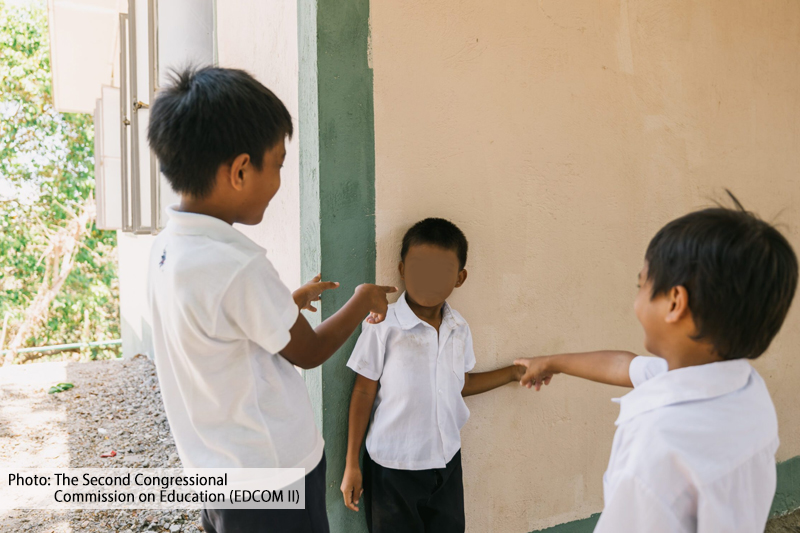More boys in the Philippines were missing out on basic education in 2017, state think tank Philippine Institute for Development Studies (PIDS) said.
In a policy note released by PIDS, authors Clarissa David, Jose Ramon Albert and Jona Flor Vizmanos cited data showing that in the country, 65 percent of out-of-school children (OOSC) aged 5 to 15 years old in 2017 were boys.
Boys who miss out on basic education outnumber girls and the reverse gender gap increases as age progresses, the Philippine Institute for Development Studies said in a policy note. FILE PHOTO
“School attendance was largely associated with economic status of the family. Three-fifths (58.7 percent) of the 1.2 million OOSC aged 5 to15 years in 2017 belonged to families in the bottom 25 percent of the per capita income distribution. Among the poorest families, boys had a higher likelihood than girls to be out of school,” the policy note said.
The policy note said the reverse gender gap in OOSC “widened significantly as age progresses.”
In primary school age, (6 to 11 years), OOSC rate for boys was 5.4 percent compared to the girls’ 3.4 percent. In lower secondary school level (12 to 15 years old), the OOSC rate for boys was at 8 percent, while rate for girls was at 3.1 percent.
For the upper secondary level (16 to 17 years old), the rate for boys was at 22.3 percent compared to just 11.6 percent for girls.
“[The] results of the study revealed that the main reasons for not attending school were the lack of interest by the child, the high cost of education and illness or disability.
For primary-school-age children, lack of interest was the most commonly cited reason for leaving school,” the authors said.
They further noted that boys were more likely lacking interest than girls.
For higher grades, the authors of the study revealed that based on interviews with parents and teachers, a high number of boys dropped out of school “due to peer influence and vices.”
“Also, computer and mobile phone-based games were frequently mentioned as reasons for chronic absenteeism and lack of focus. Children lose sleep playing games and come to school still sleepy and dazed. Boys are more likely to engage in computer and mobile games, skip school with their peers, and start drinking and smoking. The older boys get, the more they develop difficult attitude problems, especially if they are falling behind academically,” they said.
The authors said interventions should focus on how to keep boys in school, including giving schools and teachers flexibility to design interventions specific to addressing the barriers boys face in learning, giving incentives to schools and teachers who develop effective learning interventions for boys and employing more male teachers.
They also urged the Department of Education to closely coordinate with the Department of the Interior and Local Government to prevent boys from “getting waylaid by peers and vices, including computer games.”
“It is time to treat the underachievement of boys’ education as an urgent problem that needs urgent solutions with the ultimate goal of reducing the overall OOSC incidence in the country and attain greater gender parity not only in education outputs but also positive social outcomes,” they said.












